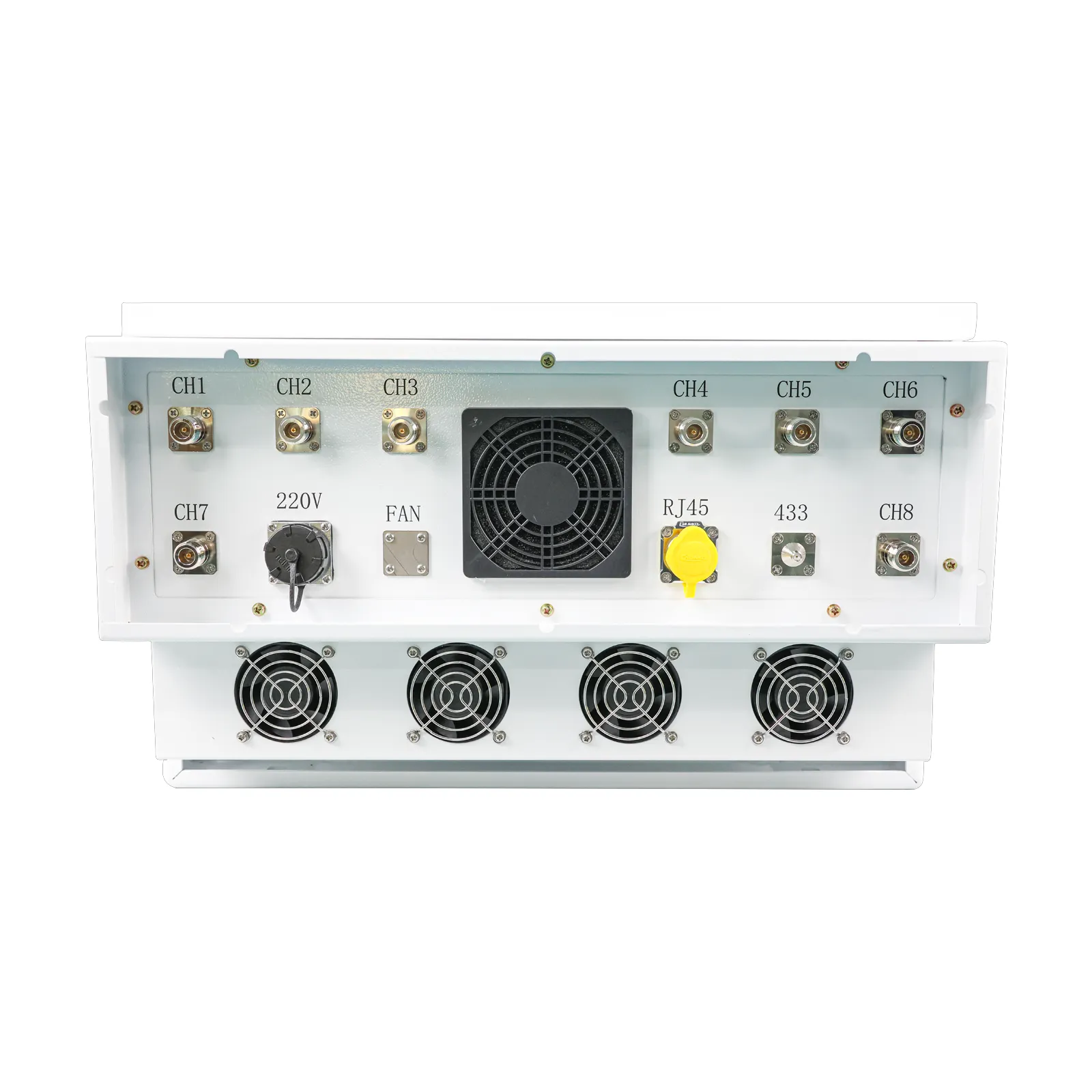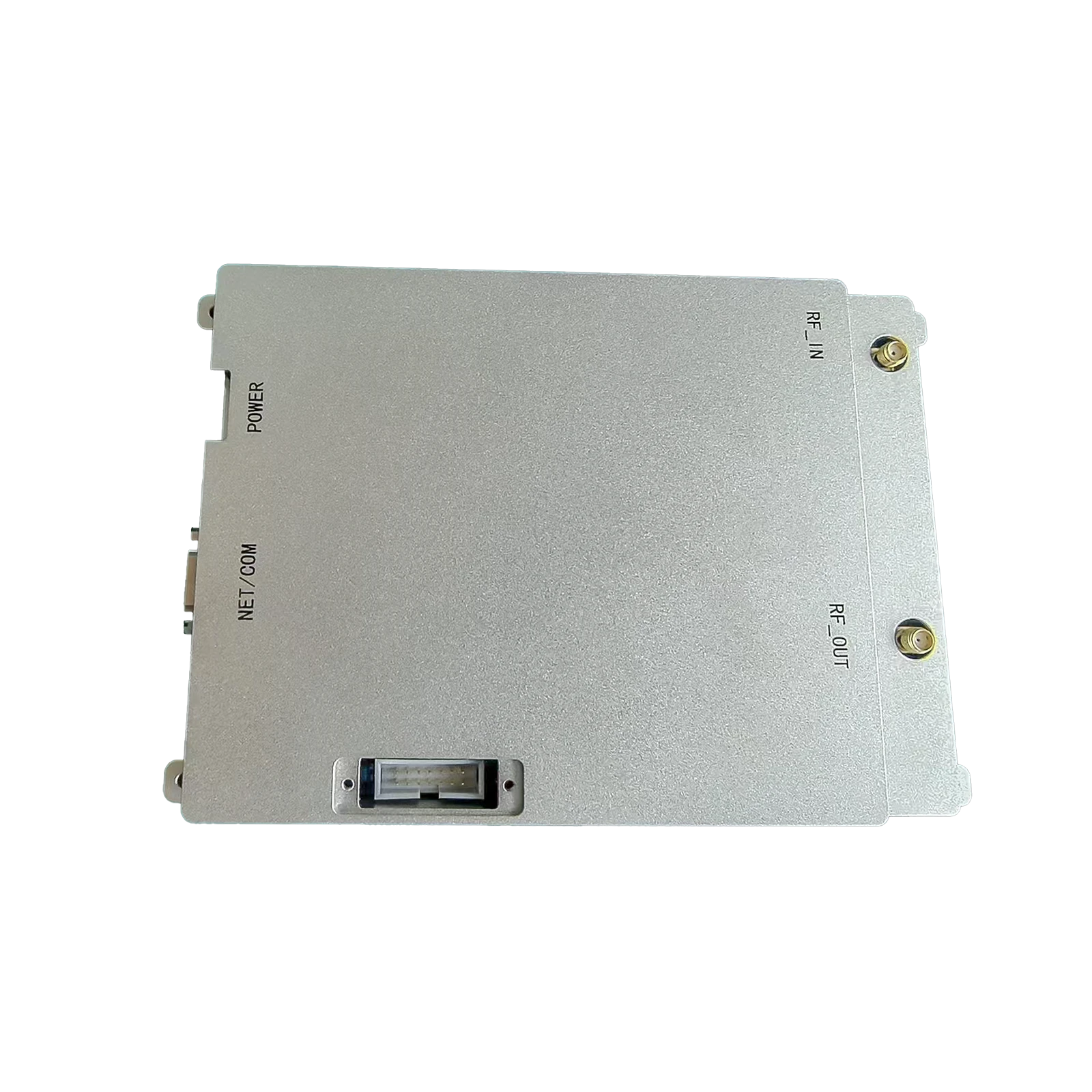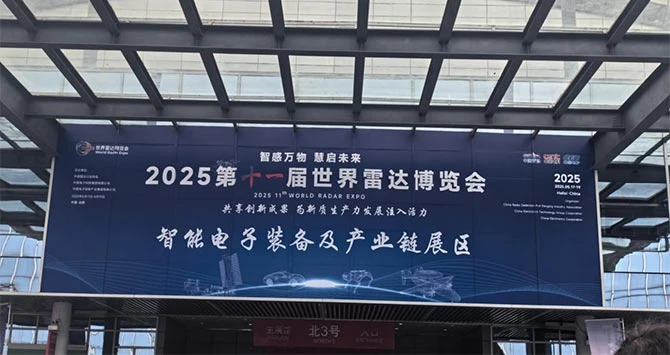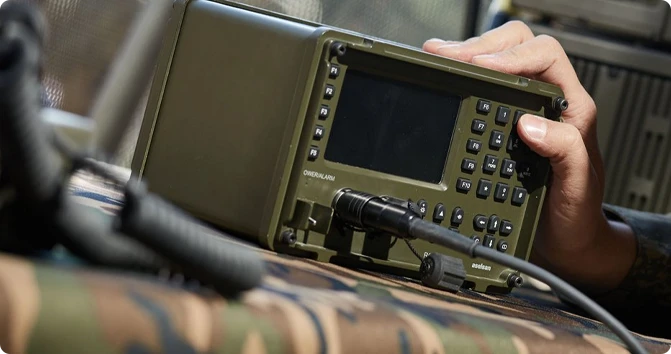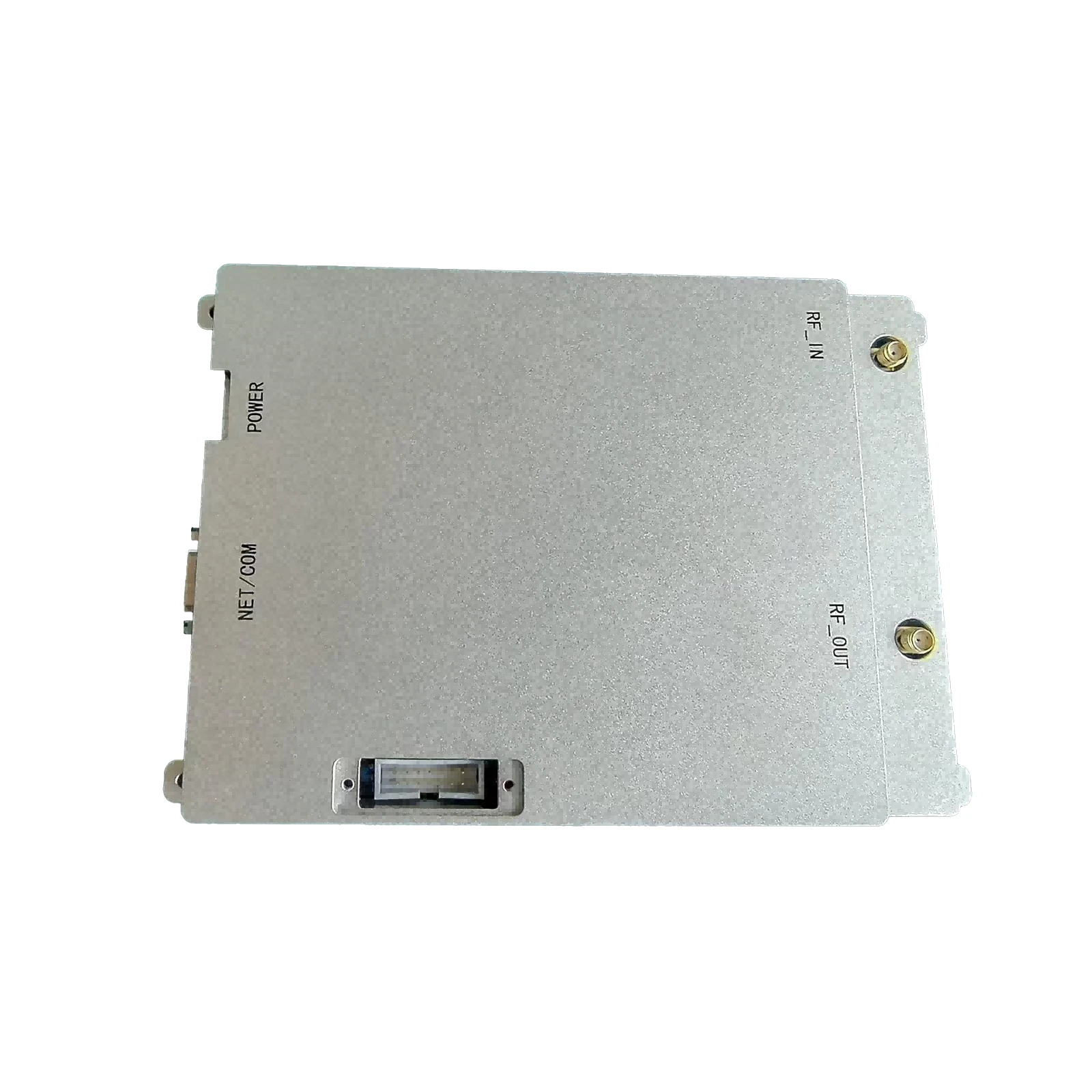Class E RF Amplifier Technology: Efficient, Reliable, and Sustainable Signal Boosting
The Subtle Power of Class E RF Amplifiers: Why They Matter Worldwide
Whether you realize it or not, class e rf amplifiers quietly power a huge chunk of modern wireless and communication tech. From enabling long-distance radio signals in remote villages to boosting transmissions in urban towers, these devices are more than just electrical components — they're the unsung heroes of connectivity that help plug us all into the digital age.
Why should you care? Well, understanding the core benefits of class E amplifiers helps engineers design more energy-efficient systems, hugely important for reducing emissions and infrastructure costs worldwide. And given how much our industries, governments, and even humanitarian agencies rely on reliable wireless links, the ripple effect of efficient amplifiers touches everything from emergency response to everyday smartphone calls.
Introduction: The Global Context of Class E RF Amplifiers
Globally, the telecommunications and broadcasting industries are expected to grow steadily. According to the International Telecommunication Union (ITU), roughly 5 billion people are connected to the internet as of 2023, with RF technology powering much of that connectivity. However, the energy demand and heat dissipation challenges in high-power radio frequency (RF) transmitters remain a significant hurdle.
Enter the class e rf amplifier, a device known for achieving exceptionally high efficiency — often over 70% to 90% depending on design — by optimizing switching operation and minimizing power loss. This increased efficiency helps lower operational costs and environmental impact especially in large-scale deployments.
Still, deploying these amplifiers is no walk in the park. Design challenges like harmonic distortion and sensitivity to component tolerance can limit broader adoption. But ongoing research and clever engineering are gradually smoothing these issues out.
What Exactly Is a Class E RF Amplifier?
In simplest terms, a class e rf amplifier is a type of switching amplifier used primarily to boost radio frequency signals with very high efficiency. Unlike traditional linear amplifiers that waste a lot of power as heat, class E devices operate the transistor as a switch — rapidly turning it fully on or off — to minimize the time when both voltage and current are high simultaneously, thus reducing power loss.
This principle makes it a great fit for wireless communication systems, radar, and transmitters where power efficiency equals longer battery life, lower cooling needs, and reduced electricity bills — all of which matter tremendously, especially in developing regions or off-grid applications.
Core Components and Key Factors Behind Class E RF Amplifiers
1. Switching Transistor
The heart of the system. Generally a MOSFET or GaN transistor is chosen for its fast switching speed and low on-resistance, which directly impacts efficiency.
2. Load Network
This includes inductors, capacitors, and sometimes transmission lines designed to shape voltage and current waveforms, filter harmonics, and match impedance to the antenna or next stage.
3. Harmonic Suppression
Because switching at radio frequencies creates harmonics, careful design is essential to suppress unwanted frequencies that can cause interference or reduce signal clarity.
4. Thermal Management
Despite high efficiency, some heat is generated that needs to be managed with heat sinks or active cooling to ensure stable operation.
5. Power Supply Stability
Consistent voltage and low noise power supplies help maintain clean amplification and prevent distortion.
Mini takeaway: Getting these pieces right means your amplifier will perform reliably, with efficiency few other classes can match.
Real-World Uses and Global Applications
Class E RF amplifiers find themselves deployed in varied and surprisingly critical contexts all over the world:
- Remote Telecommunications: In African and Southeast Asian rural areas, base stations powered by class E amplifiers provide reliable coverage without draining costly diesel generators.
- Disaster Relief Communications: Quickly deployable radio systems equipped with efficient amplifiers keep emergency teams connected, such as during hurricanes or earthquakes in the Americas and Asia.
- IoT and Sensor Networks: Low-power wide-area networks (LPWANs) utilize class E amplifiers to maximize battery life for sensors in agriculture or environmental monitoring globally.
- Military and Aerospace: The need for rugged, power-efficient RF amplification in compact systems suits class E amplifiers perfectly, especially in UAVs or satellite comms.
These examples show how this technology directly supports connectivity, security, and development across continents.
Advantages and Long-Term Value of Class E RF Amplifiers
The advantages aren't just technical; they're deeply economic and environmental:
- Energy Efficiency: Cuts power consumption significantly versus traditional linear amps — saving operators money and reducing carbon footprints.
- Lower Heat Dissipation: Means less bulky cooling equipment, which reduces weight and cost, especially critical in aerospace or remote installations.
- Simpler Components: With fewer active elements running constantly, reliability is often better — meaning less downtime and maintenance.
- Supports Sustainability Goals: As countries push toward net-zero emissions, every percent of efficiency gain counts.
- Enhances Safety & Dignity: For humanitarian missions, maintaining robust communication means lives, livelihoods, and basic human dignity can be preserved.
Looking Ahead: Future Trends in Class E RF Amplifier Technology
Innovation is never static. Engineers are pushing boundaries by integrating:
- Gallium Nitride (GaN) Semiconductors: These promise even higher switching speeds and efficiencies compared to silicon transistors.
- Advanced Digital Controls: Using software-defined radio (SDR) techniques to adapt amplifier behavior in real-time for optimal performance.
- Eco-friendly Materials & Manufacturing: To reduce environmental impact throughout the amplifier’s life cycle.
- Integration with Renewable Energy Systems: Especially in off-grid telecom stations powered by solar or wind.
These factors signal an era where smarter, greener, and more adaptable class E amplifiers will soon become the norm rather than the exception.
Challenges & Expert Solutions
Of course, no technology is without hurdles. With class E RF amplifiers, some key challenges include:
- Design Sensitivity: Slight component value changes can degrade performance, requiring tight manufacturing tolerances.
- Harmonic Distortion: Unwanted emissions need extensive filtering, which can add size and cost.
- Thermal Limits: While efficient, at very high power levels heat management remains critical.
Experts tackle these issues via:
- Employing adaptive matching networks that self-tune
- Using wide bandgap semiconductors like GaN for better thermal and electrical properties
- Modeling with advanced FEM tools to optimize designs before production
Product Specification Table: Typical Class E RF Amplifier
| Parameter | Specification | Units |
|---|---|---|
| Operating Frequency | 100 - 500 | MHz |
| Output Power | 10 - 50 | Watts |
| Efficiency | 75 - 90 | % |
| Supply Voltage | 12 - 50 | Volts DC |
| Input Impedance | 50 | Ohms |
Vendor Comparison Table: Leading Class E RF Amplifier Providers
| Vendor | Typical Frequency Range | Efficiency | Customization Options | Notable Use Case |
|---|---|---|---|---|
| RFPowerTech Inc. | 140 - 400 MHz | 85% | Custom PCB design, tuning | Emergency comms kits |
| GreenWave Semiconductors | 100 - 500 MHz | 90% | GaN-based designs | Solar-powered comms relays |
| NextGen RF Solutions | 200 - 600 MHz | 80% | Software-adaptive tuning | Industrial IoT sensor networks |
Frequently Asked Questions About Class E RF Amplifiers
Q1: How does a class E amplifier differ from traditional linear amplifiers?
A class E amplifier operates the transistor as a switch, drastically reducing the overlap of voltage and current and thus minimizing power loss. Traditional linear amplifiers keep the transistor in a linear region, which generates more heat and wastes energy. This switching operation enables class E amplifiers to achieve efficiencies upwards of 80% to 90%, which is ideal for energy-sensitive applications.
Q2: Can class E RF amplifiers be used for high-power broadcast transmitters?
Yes, but there are practical limits. While class E amplifiers are efficient, managing heat and harmonic distortion becomes more challenging as power increases. Engineers often combine them with harmonic filters and advanced cooling to meet broadcast standards. For ultra-high power, sometimes class D or other amplifier classes are preferred.
Q3: Are GaN transistors preferable for class E amplifier designs?
Many designers favor Gallium Nitride (GaN) devices due to their superior switching speed and better thermal performance compared to silicon MOSFETs. GaN can push the operating frequency higher and achieve better overall efficiency, though often at a higher component cost.
Q4: How do environmental factors impact class E amplifier performance?
Temperature fluctuations, humidity, and vibrations can affect component tolerances, potentially degrading amplifier performance. Robust design, proper thermal management, and high-quality packaging mitigate these effects, ensuring reliable operation especially in harsh environments.
Q5: Where can I learn more technical details about class E amplifiers?
A great place to start is the Class E amplifier Wikipedia page and IEEE publications. Many manufacturers also provide application notes and design guides that cover practical considerations.
Wrapping Up: The Long-Term Benefits and Why You Should Care
Ultimately, embracing class e rf amplifier technology plays a vital role in creating more efficient, affordable, and sustainable RF power systems — foundational in our quest for global connectivity. Whether it’s powering a radio link for disaster relief or sustaining IoT networks in remote farming areas, the advantages are real and measurable.
So, next time you’re considering a design upgrade or looking for smarter, greener RF solutions, do give class E amplifiers a serious look. And if you want to dive deeper or explore custom builds, visit our website: https://www.drone-system.com — your one-stop source for advanced RF technologies.
References
-
09 March 2021 24 Nov 2025
-
09 March 2021 24 Nov 2025
-
09 March 2021 24 Nov 2025
-
09 March 2021 23 Nov 2025
-
09 March 2021 23 Nov 2025
-
09 March 2021 21 May 2025
-
09 March 2021 25 Dec 2024
-
09 March 2021 14 Oct 2022
-
09 March 2021 25 Dec 2024




